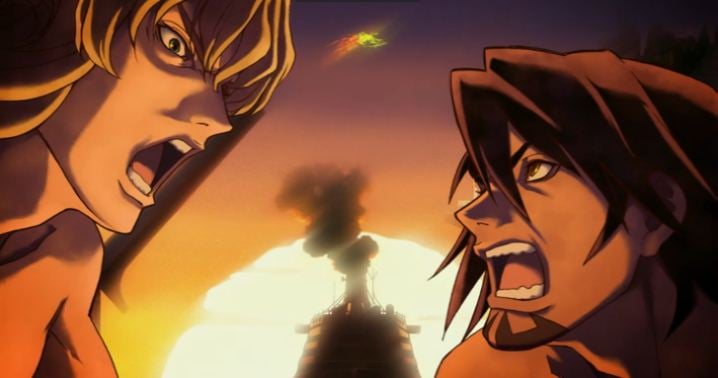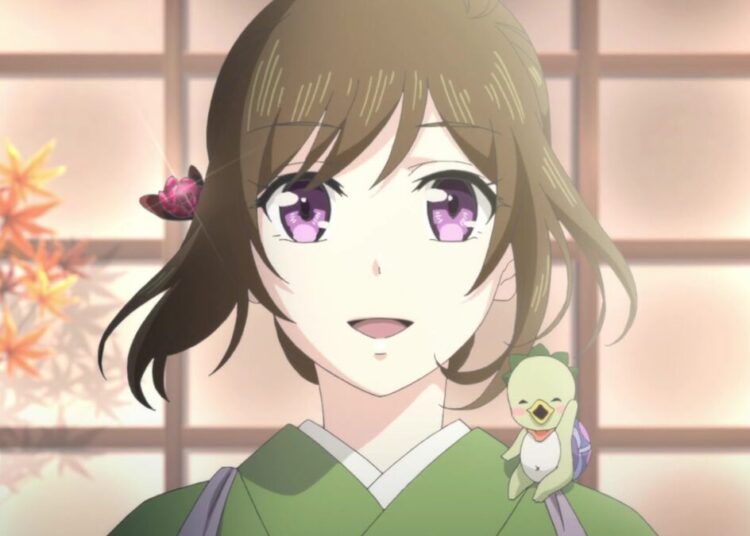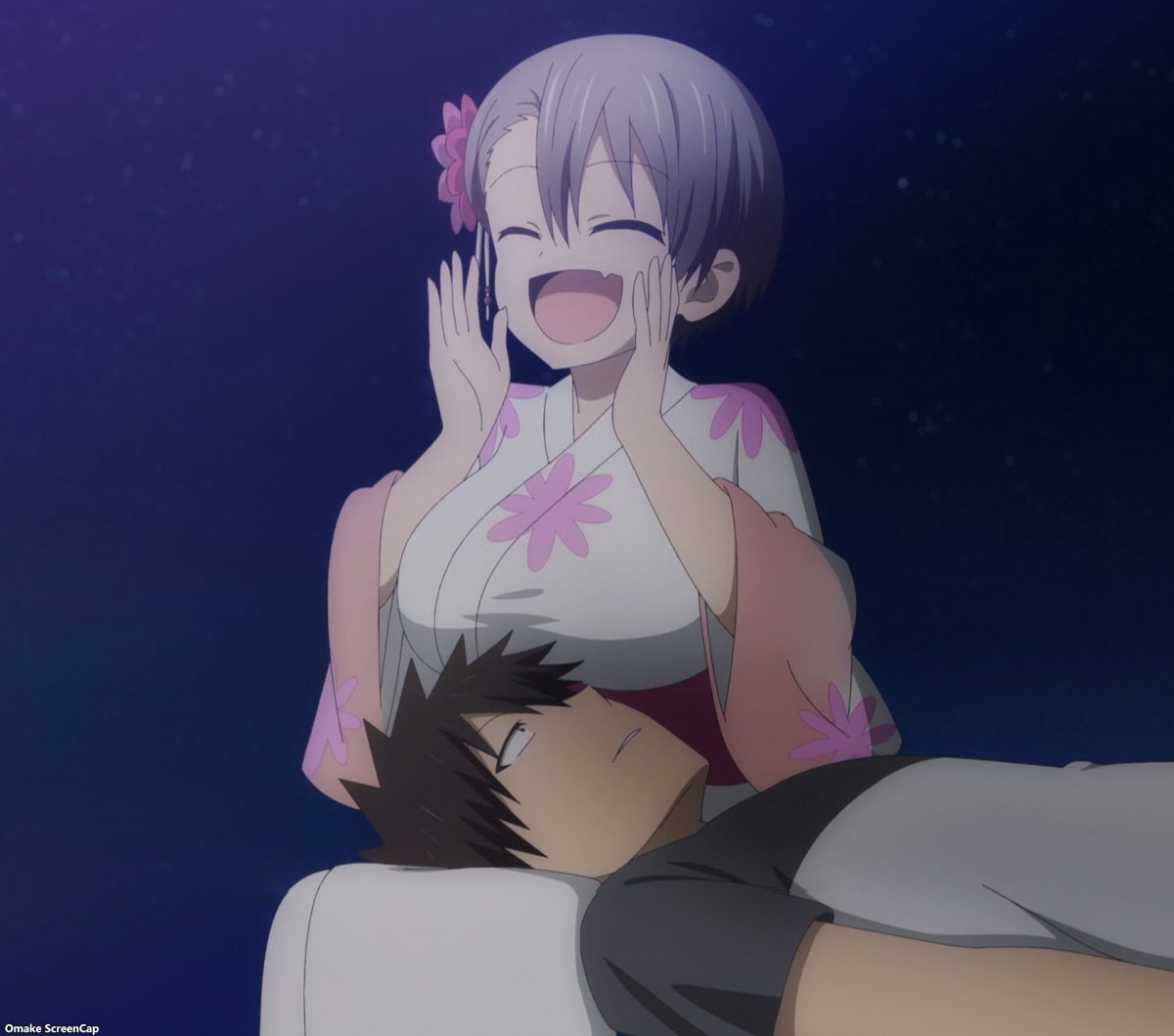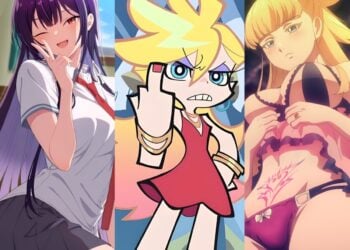The release of Shin Sakura Taisen (2019) in Japan saw the return of the long-dormant Sakura Wars series. While not quite as well-received among Western game journalists as with Japanese audiences, its solid sales, and reinvigorated popularity have demonstrated why it’s seen as SEGA’s other classic mainstay. So much so that there’s even a time when characters like Sakura Shinguji were almost on par with Sonic in terms of brand recognition. Though you might be wondering to yourself: “What exactly makes this franchise so alluring in the first place?”
Reveal trailer for the Western release of Shin Sakura Taisen, the first main title available outside Japan since 2005’s Sakura Wars V: So Long, My Love. Circa 2019. (Source: YouTube)
What the answer is would vary from person to person. Nonetheless, whether you’re a newcomer or a long-time fan coming back, this guide can hopefully give a good idea as to this classic saga’s major selling points.
Japan’s Roaring Twenties: The Taisho Era
More than just the meshing of steampunk/dieselpunk aesthetics and fantasy (as seen in its iconic Spiricle Armors), the Sakura Taisen series takes place in an alternate history version of the Taisho era (1910-26). Often conflated with America’s “Roaring Twenties” and France’s Belle Epoque, this period of the nation’s history was marked by the blooming of creativity and idealism. Coming straight after the Meiji years, this age of “Taisho Democracy” was also known for the widespread blending of tradition and Western influences, resulting in an atmosphere that, at least in the cities, would simultaneously be alien yet familiar to contemporary Japanese: progressive yet true to one’s roots.
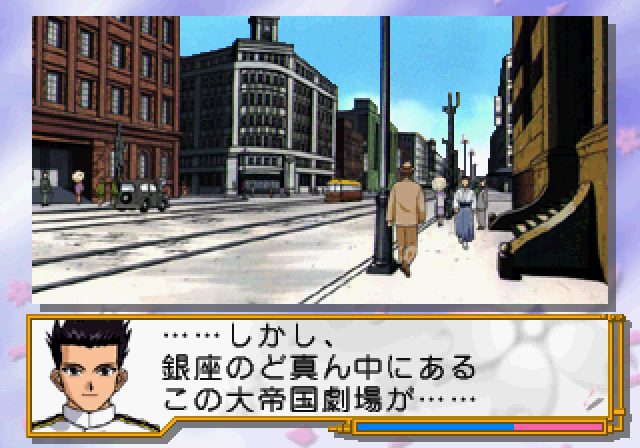
From the fashions and period-appropriate architecture, down to the use of accurate text conventions (like the lack of Arabic numerals), the games make a conscious effort to not just capture the spirit of those times, romanticized to this day as Taisho Roman. Rather, by being something of a fantastical time capsule, it’s also a glimpse into what might have been. As put by series creator and Red Company founder Oji Hiroi in a 2000 interview, he wanted to envision a Japan where the freedoms and social developments that were being explored then had continued.
Reality alas turned out differently. The Great Kanto Earthquake and its aftermath marked the beginning of the end. By 1926, Japan was already being set down a path that eventually led to the militarists’ rise to power and World War II. This may be why this era tends to be sidelined if not overshadowed by the chaos that followed it, especially for Westerners.
If the latest entry, as well as works like Demon Slayer, are anything to go by, however, then it’s not for nothing that this period of Japanese history still has much to give people, whatever their views are.
A Night in the Theater
One other feature Sakura Taisen’s known for is its peculiar, theatrical flair. Whether it’s the consistent emphasis on drama (both on-stage and off-stage), or how styles as varied as Kabuki, Vaudeville, and even Kendo are incorporated into the protagonists’ combat styles, you could at times feel as though you’re playing a production come to life. In addition to later works incorporating European Opera and American Jazz, the recurring theme invokes a kind of Broadway-meets-traditional motif. Unsurprisingly, all this is intentional.
A major inspiration behind the lead heroines of the Imperial Combat Revue, as recounted by Hiroi in various interviews, is the famed Takarazuka Revue. The brainchild of Hankyu Railways founder and industrialist Ichizo Kobayashi back in 1914, this all-female troupe has evolved with the times, but remains consistently known for its varied musical performances and deep respect for the arts. The man himself had grown up hearing about his own grandmother’s experiences in such groups, and how they helped foster creative freedoms and female empowerment (especially despite the War and in the years after). He and the devs hoped to convey through the games that same spirit and allure, going so far as scout for those with actual singing talent or could “speak as if they were singing.”
Recording of a live-action Sakura Taisen musical performance, the song done by the voice actresses themselves with the same amount of energy as in the games. Circa 2011. (Source: YouTube)
Granted, the heroines nowadays have quite a bit of competition nowadays, be it from the likes of their Takarazuka inspirations, or the digital idols from Love Life. Nonetheless, the creators have succeeded with flying colors. That the games, on top of being cross-media, translate well into a live-action musical adaptation, with the voices actors and actresses even reprising their roles, speaks volumes.
A Playable Anime
Sakura Taisen’s blend of RPG, third-person action, visual novel, and dating sim isn’t to be downplayed either. While not too eccentric in isolation, what is rather unique for the series is how it does an excellent job of not simply presenting an anime-style game. But also, in selling you the illusion of playing and being in one.
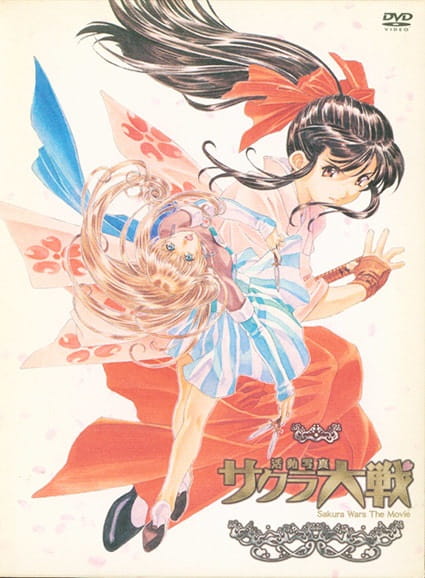
Thanks in no small part to Hiroi’s background as an author, each chapter is framed as though it’s like an episode out of an OVA, complete with openings and recaps. Beyond this, there’s how your choices and actions are interwoven into the plot, whether it’s taking the role of Captain Ichiro Ogami or Captain Seijuro Kamiyama in the latest title. All throughout, you’re encouraged to actually take the dialogue options and event chains seriously, further reinforced by a timer mechanic and penalty should you dally about for too long. The consequences are subsequently felt in how you fare in combat alongside your compatriots, how everyone else responds throughout the story, and which heroine winds up victorious in the end.
Then, there are the stories and characters themselves. From leading ladies like Sakura Shinguji, Sumire Kanzaki, and Maria Tachibana, to supporting figures like the alcoholic yet firm Commander Ikki Yoneda, the cast is as memorable as it’s large, never feeling left out. The plots themselves, despite the bombastic theatrics at times, are just as varied, running the gamut from light-hearted comedy and romance to drama and political intrigue within a single title. That the creators manage to incorporate various themes and topics within those tales, including Japanese folklore, women’s rights, and even (especially in Sakura Taisen 2) commentary on the militarism that led to World War II, without being preachy or out of place is also impressive.
It’s not for nothing, then, that this franchise has been a major influence in SEGA’s later Valkyria Chronicles series, which was begun by many of the same devs behind it, and whose current team helped in creating the latest Sakura Taisen title. Or that it’s helped pave the way for other games and VNs to pursue similar approaches.
So whether you’re someone just learning of this lesser-known piece of otaku culture, now’s as good a time to dive in as any!


